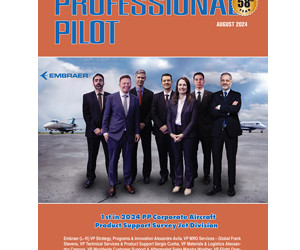Choosing an IFR Alternate Airport
Northstar VFR
JANUARY 4, 2023
by Gustin Robinson, FAA CFI-I ASEL Flying under instrument meteorological conditions keeps even a good pilot on their toes. But now, while flying in low visibility and overcast cloud layers, you have to rely on your instrumentation more than ever before and keep your eyes inside the airplane.










Let's personalize your content